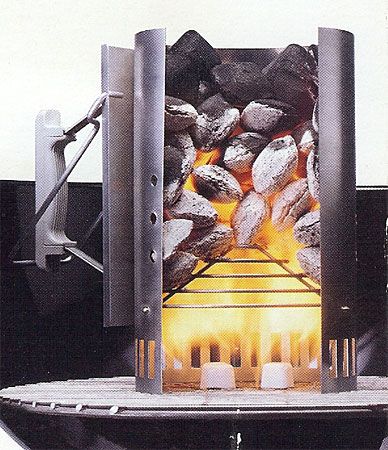Here's the brine recipe from Virtual Weber Bullet.
++++++++++++++
http://virtualweberbullet.com/turkey6.html
[TABLE="width: 720"]
[TR]
[TD="width: 100%, colspan: 2"]Apple Brine For Turkey
[/TD]
[/TR]
[TR]
[TD="width: 50%"]2 quarts apple juice
1 pound brown sugar (light or dark)
1 cup Diamond Crystal Kosher Salt
3 quarts cold water
3 oranges, quartered[/FONT][/TD]
[TD="width: 50%"]4 ounces fresh ginger, unpeeled and thinly sliced
15 whole cloves
6 bay leaves
6 large garlic cloves, peeled and crushed[/TD]
[/TR]
[TR]
[TD="width: 100%, colspan: 2"]Substitute 3/4 cup Morton Kosher Salt or 1/2 cup table salt for Diamond Crystal.[/TD]
[/TR]
[/TABLE]
A few updates.
* This recipe for brining, it had you heat the apple juice, brown sugar, and salt to boiling, then cool it down.
After it boiled, I let it sit at room temperature for a while. Then I put it in the freezer to try and bring the temp down.
2 hours after I removed it from heat, the temp was still in the high 80s.
I ended up going to sleep. After I woke up, it was finally down to a good temperature (49 degrees).
Was it necessary to heat it that much? This added a lot of unexpected time.
I understand some heat may be necessary, to dissolve the brown sugar and salt. But wouldn't just heating it until it was a little warm and dissolved, be sufficient? Then I could cool it to the proper temperature easier, so it would be at the right temperature for brining. Don't want to put hot or warm liquid around the turkey.
* As for the wood chunks, here's what I ended up doing.
I went with one hickory chunk, because those were huge. And 2 apple chunks.
I'll post pics later.
* The vertical roaster seems to be holding up, even though it was only specified for up to 8 lbs.
* I had wanted to put a drip tray underneath the vertical roaster, so I could catch more drippings. But the tray I have, I can't fit on on the middle rack of the WSM. It's just a bit too hard to fit.
Maybe I could have tried putting the drip tray first, then putting the turkey with the vertical roaster on the drip pan afterwards. But I wasn't comfortable with that, as it was a little hard to handle, and I think I would have had to slightly "drop" the turkey with the roaster on the drip pan. Maybe only an inch or two, but I didn't want to risk the turkey falling over on its side if I missed, as I attempted that.
I didn't have this issue of putting the vertical roaster on the drip pan when I was in the kitchen, because the had a lot of open space, and was on a counter, so it was easier to align the roaster with the exact open area of the drip pan. There wasn't much room left over width wise after putting the roaster on the drip pan, so it was a a restricted fit.
The turkey on the roaster with the drip pan did fit on the top rack, but I couldn't close the lid on the turkey then.
Now, I just hope the turkey doesn't taste like ash or something nasty, when it's done.
- - - Updated - - -
It's definitely nice being able to monitor the pit temp, and meat temp, remotely, using the Flame Boss.

